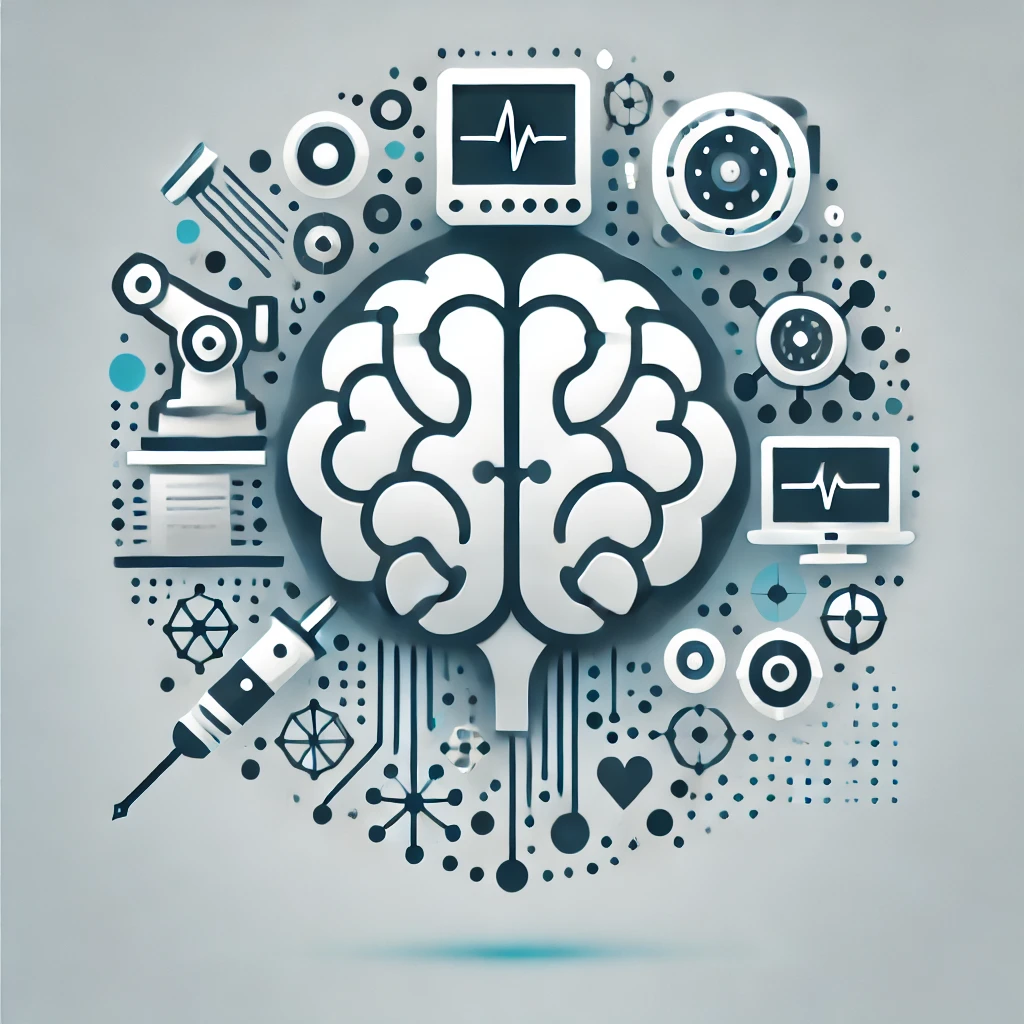| Intracranial Tumor Segmentation Challenge | The Intracranial Tumor Segmentation Challenge focuses on developing and evaluating advanced algorithms for accurate segmentation of brain tumors from medical imaging. Accurate segmentation is crucial for diagnosis, treatment planning, and outcome prediction. This challenge drives innovation in medical image analysis, improving clinical outcomes and supporting personalized treatment strategies for brain tumor patients. |
| Bionic arms and palms controlled by electroencephalograph | The system design for controlling detailed movements of bionic arms and palms using electroencephalograph (EEG) focuses on translating neural signals into precise motor actions. By interpreting brainwave patterns, the system enables users to control prosthetic limbs with high accuracy, offering improved dexterity and natural movement for enhanced functionality. |
| Smart medical devices integrated inpatient care | Smart medical devices integrated into patient care enhance healthcare delivery by enabling real-time monitoring, data collection, and automated interventions. These advanced technologies improve diagnostic accuracy, patient outcomes, and personalized treatments while reducing the workload on healthcare professionals, leading to more efficient and responsive medical care. |
| MRI to CT translation | MRI to CT translation involves converting magnetic resonance imaging (MRI) scans to computed tomography (CT) images. This process leverages the strengths of both modalities, improving diagnostic accuracy. MRI captures soft tissue details, while CT excels in bone structure imaging, enabling comprehensive analysis for surgical planning, treatment, and research applications. |
| Semantic multi-condition medical image synthesis | Semantic multi-condition medical image synthesis aims to generate diverse medical images by incorporating various conditions, such as anatomical features, pathologies, or imaging modalities. By leveraging semantic information, this approach enhances the realism and accuracy of synthesized images, aiding medical research, training, and diagnostic advancements in healthcare. |
| Automated generation of medical reports | The automated generation of medical reports streamlines clinical documentation, enhancing efficiency and accuracy. By leveraging natural language processing (NLP) and artificial intelligence (AI), this technology converts medical data into structured, comprehensive reports, improving patient care, reducing administrative burdens, and facilitating better decision-making for healthcare professionals. |

